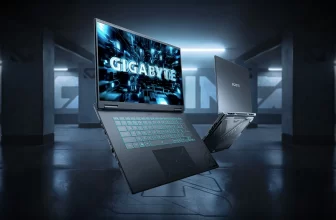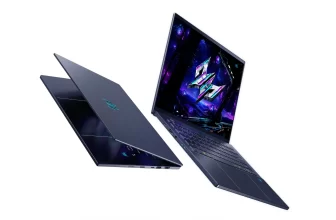
The two gaming GPU manufacturers have both been using the 40nm production process for quite some time now. Although the names of individual laptop and desktop graphics cards have changed, big news under the hood have been largely absent–it has mostly been about optimizations, higher clock rates and other minor adjustments.
That will change once they move on to the smaller 28nm process – especially for gaming laptops that can really reap the benefits of a smaller process in terms of less heat and better power efficiency. For AMD, this means that there will be some major changes between the 6000 series and what will most likely be called the 7000 series Radeon GPUs (also known as Southern Islands), which is more than you could say about the difference between the 5000 and 6000 series.
In spite of rumors to the contrary, it looks like AMD will be ready to put some 7000-series GPUs on the market before the end of 2011. Along with the quarter report, AMD’s interim CEO Thomas Seifert revealed that the company is planning to be “at the forefront of the GPU industry’s transition to 28nm” and that they are on track to deliver next-gen GPUs by the end of the year.
The upcoming gadgetry will be manufactured by TSMC (Taiwan Semiconductor Manufacturing Company), which has previously had some problems when moving on to a new production process. This in turn has led to rumors that the number of 28nm circuits would be in low supply for the remainder of 2011.
Based on past experiences, it is likely that the mid-range GPUs will reach the market first, and this is likely to be the case for both the desktop and laptop versions. Considering that the Radeon HD 6990M was just launched – the fastest mobile graphics card yet – it is highly unlikely that we will see a HD 7990M on the market any time soon.
Nevertheless, the fact that AMD has been really successful so far with its Fusion concept for laptops is encouraging. Once the quad-core A8 varieties start rolling out in greater numbers, especially in combination with dedicated graphics in “dual graphics” mode, interesting things will start to happen with gaming in the mainstream segment.






